Tempting Fate
Exploring the jungles of Drake Bay
During the rainy season in Costa Rica, the mornings are usually clear, and as the afternoon heats the water and drives moisture from the ocean, rising into the sky to form big, white, puffy cumulus clouds, the chances of rain begin to approach one hundred percent. Often the big, white clouds begin to darken as they tower higher into the sky, eventually becoming ominous thunderheads. When we’re moving, we always want to leave early enough to try to beat the afternoon thunder storms.
Our passage from Quepos to Drake Bay took us far enough offshore to be in deep enough water to catch a tuna. Tuna are a pelagic fish, living in the deep waters of the ocean, and rarely approaching land. This time we were in waters over 200 meters deep (more than 650 feet). Peter had been trying to catch a yellowfin for awhile, and was delighted when we did finally. We invited Leah and Kyle over for fresh tuna steaks that evening.
Cleaning a tuna, especially for consumption as sushi, is almost as much of an art-form as making the sushi itself. The tuna must be bled, which is best done while the fish’s heart is still beating to pump the blood out of the flesh. He then has to be killed, quickly and painlessly1, in order to prevent him from tensing up and becoming tough. Unlike many fish, tuna generate their own body heat, and large tuna can actually cook their own flesh while struggling on the line, which makes cooling the fish very important. For smaller ones, like ours, this is much less of an issue. Also unique to tuna, in order to prevent damaging the valuable belly meat, the fish is cleaned by removing all the entrails through the gills, rather than simply cutting the belly of the fish to gut him.
After catching and cleaning our tuna, we enjoyed very calm seas as we were headed closer to Drake Bay. The water was mesmerizing, and we sat on the foredeck at the bow of the boat to take in the peace surrounding us while it lasted.
Soon, the afternoon storm clouds were forming exactly over where we wanted to anchor. One thing about having a (relatively) fast boat is we can sometimes beat the storms if we leave early enough. This time, we managed to get our anchor down just as it started to pour. Usually these afternoon storms will only last a couple of hours, but they drop a serious amount of water which cleans the salt water leftover from the passage.
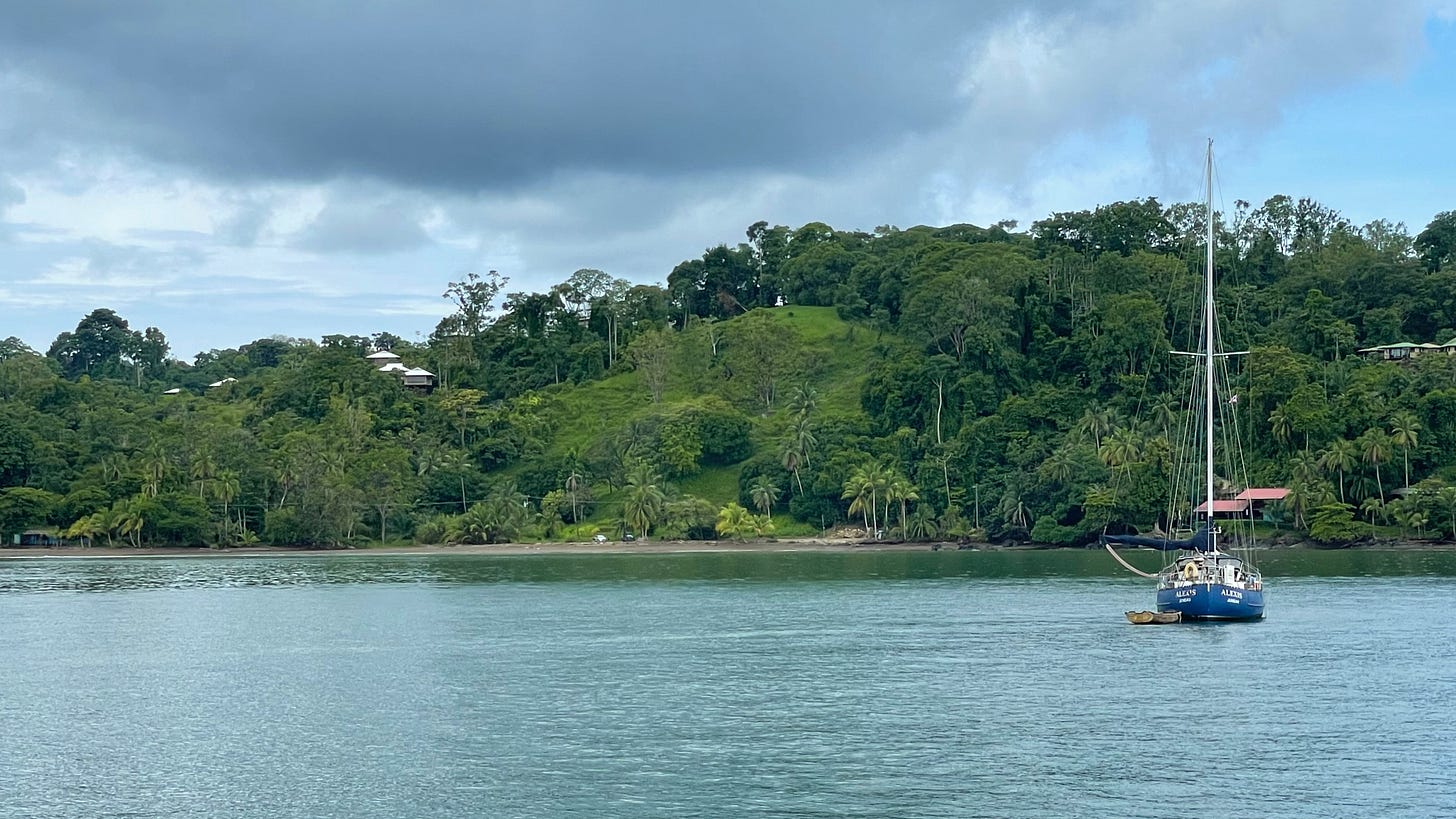
Bahía Drake (Drake Bay) is a small bay on the north side of the Osa Peninsula on the coast of southwestern Costa Rica. This bay is believed to be a port used by Sir Francis Drake during his raids on the Spanish Main in the 16th century and the location of one of the British pirate's fabled hidden treasures. The bay is off the beaten track and can be reached by plane, boat, and car (ideally a 4x4 vehicle) during the dry season. Because of a lack of bridges, driving to Bahía Drake is challenging and not recommended for visitors. There are many kilometers of unpaved road and multiple river crossings required to reach Drake Bay.2
The next day we took a dinghy ride up the river to as far as the tide would let us. Using an outboard to speed up the rapids was a new experience, as Peter tried to gauge the depth of the water, and the currents to avoid striking a rock with the propellor. Luckily, (or was it skill?), Peter managed to get us up and down without breaking anything. Below is some video of our journey, ending just as current in the river was picking up.
After exploring the river, we parked our dinghy to find a place to have lunch. There was a restaurant right near the dock, but we decided to venture further up the path towards the town of Drake Bay. It was a beautiful walk through the jungle and it’s always a relief to stretch our legs after hours of sitting on a boat. We walked until we ran into a charming place to have lunch.
After lunch we continued to explore the jungle surrounding Drake Bay. It was very wet and there were various shades of green tropical plants, monkeys, and all kinds of birds and insects (although none of them bothered us). We hiked the path across the river that took us to the ocean.
The next day we decided to have an early dinner at an Italian restaurant just up the Bay. It was another wet and humid day from all the rain, but we enjoyed the stroll along the water and through the jungle, until we came up to the restaurant across from the beach.
As we ordered, Peter struck up a conversation with our waitress, who turned out to be one of the owners, along with her husband. She is Costa Rican, and her husband is Italian. Eventually, it came out that Peter’s grandmothers family came from the same town that Claudio was from - a tiny town on the Adriatic, just inland of Pescara, called Cepagatti. After dinner Claudio, who did all the cooking, came out to meet us, and chat for a bit. Small world!
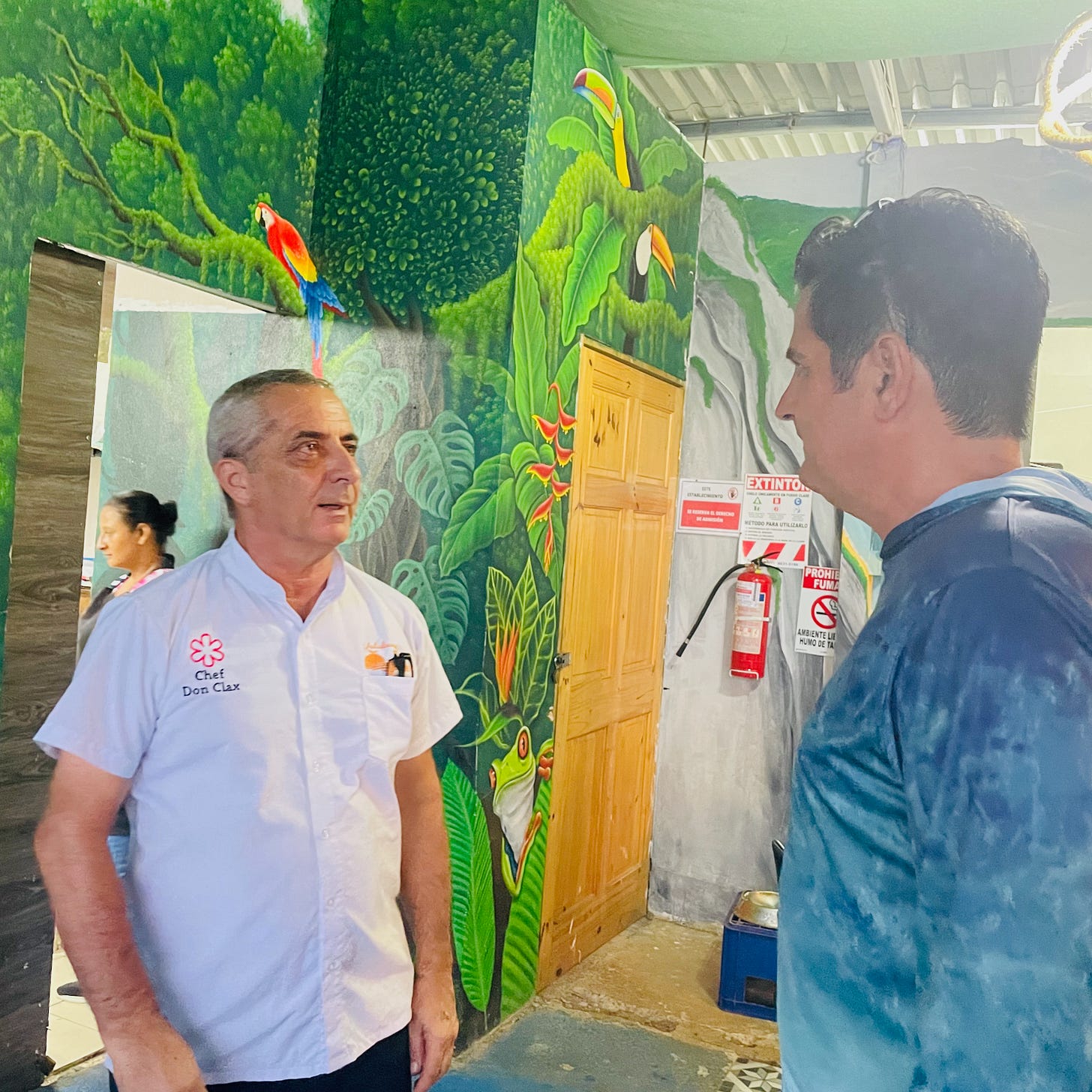
After dinner we continued on the path and came across a sign that was advertising a night tour exploring the river and the river banks to discover and experience the diversity of jungle life. We immediately signed up to take a tour that night which started at 8 pm. We were raring to go! I had no idea what I was getting myself into.
We wore big rubber Wellingtons the tour company lent us to protect our feet, but in places the water would pour over the top and fill up our boots. We needed to take them off periodically to pour the muddy water out. Below is a video of us wading through the river with our guide and flashlights. The boots were mainly to protect us from snake bites — there are several poisonous snakes in Costa Rica, and even some of the lesser venomous species will kill you if you don’t have the antivenin within forty five minutes of the bite. Wet feet were a small price to pay!
The following pictures are a gallery of shots Peter took of the various species of frogs, snakes, birds, spiders, reptiles and other insects we found along our journey. All of these shots were taken with a long telephoto lense which he held or carried on his back the whole way. He got some pretty amazing shots! These were all taken in the dark, using flashlights to illuminate the critters.

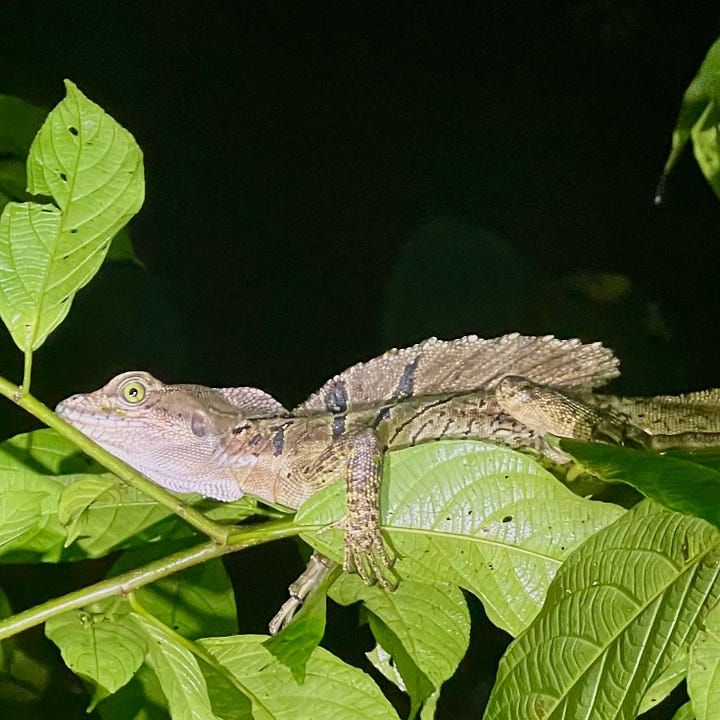
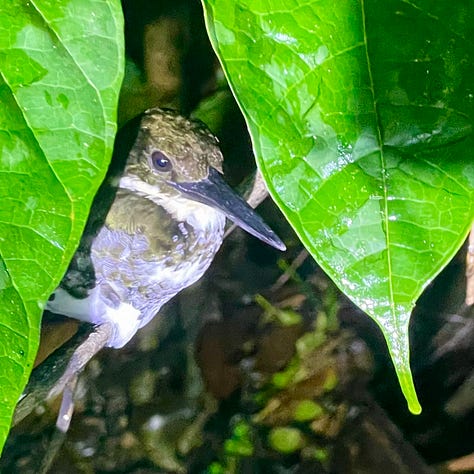
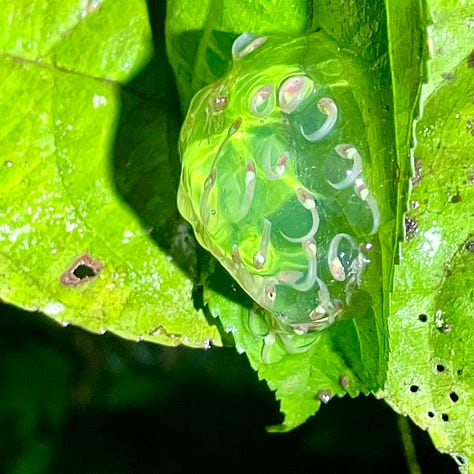
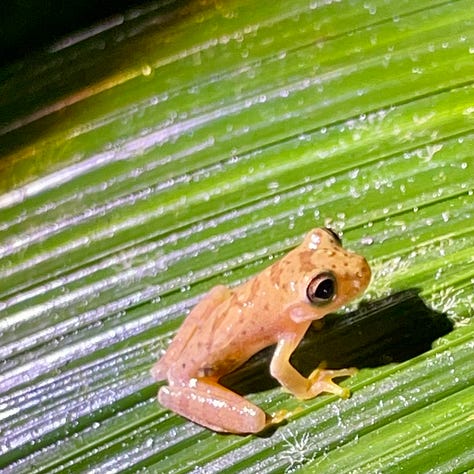

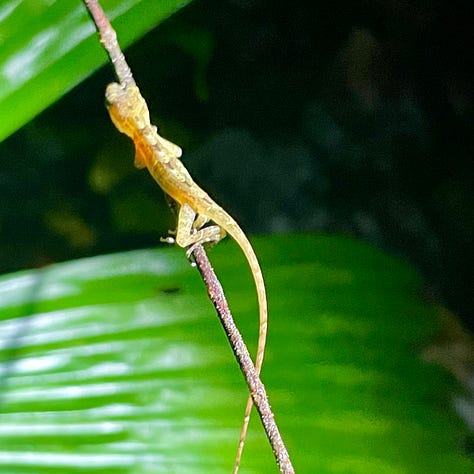
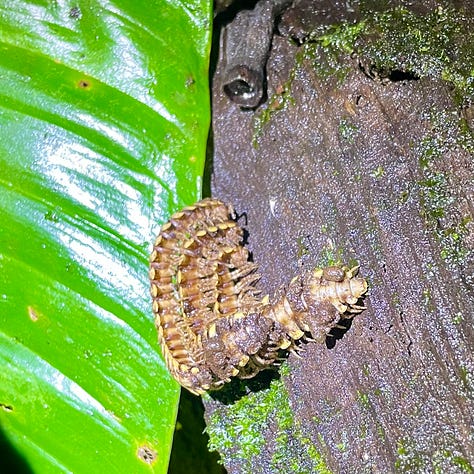
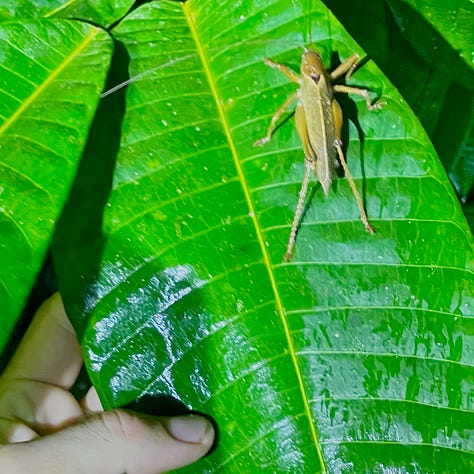
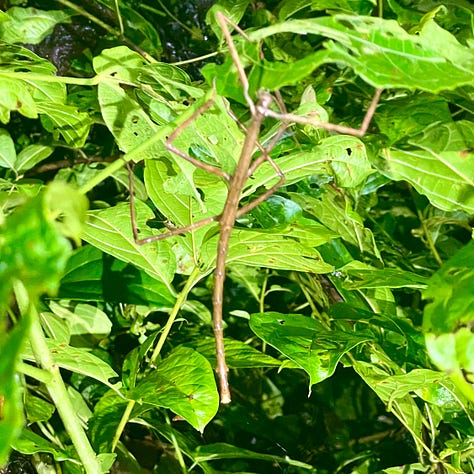
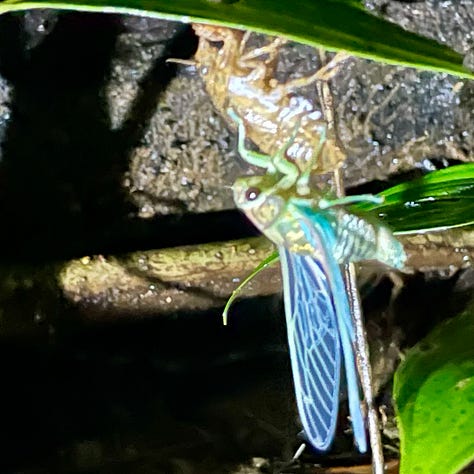
As our tour progressed, we entered an area that was semi-cultivated. Bananas, papayas, cacao, and other useful plants were being grown in the jungle. In this area, our guide started looking for a snake he had seen while guiding other groups. It’s called the fer de lance and it’s an extremely poisonous snake of the viper family. “The fer-de-lance, known in Spanish as barba amarilla (“yellow chin”), is a pit viper (subfamily Crotalinae)—i.e., distinguished by a small sensory pit between each eye and nostril. It has a broad triangular head and is usually about 1.2 to 2 metres (4 to 7 feet) long. It is gray or brown, marked by a series of black-edged diamonds often bordered in a lighter colour. Its bite can be fatal to humans”3 Rattlesnakes are also pit vipers.
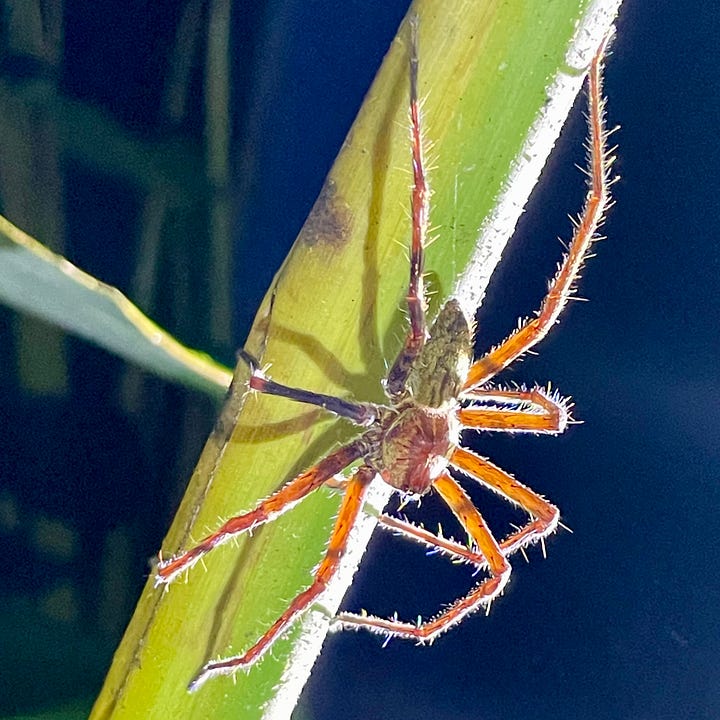
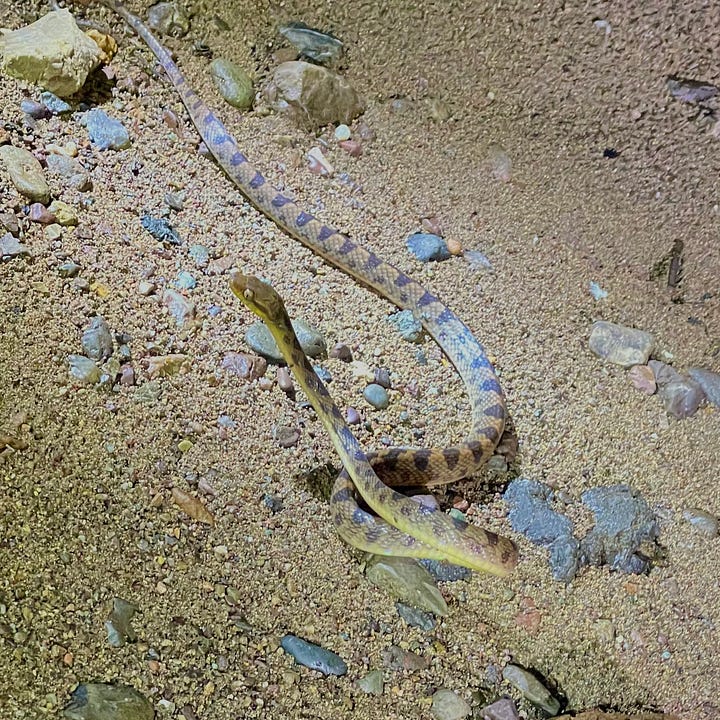
Apparently these snakes don’t tend to move very quickly across the landscape. He would tell us all to wait, while he looked into the next area, then have us move up and have us wait as he checked the next. He looked and looked without any success, so finally he gave up and asked us to follow him back down the three concrete steps to the river to continue the tour.
He went down the steps followed by Leah, then me, with Peter behind me. As I was stepping down to the last step, Peter called out “Here it is!” He saw the fer de lance curled up on the step about six inches to the right of my right foot! I slowly stepped back up the stairs until it felt safe enough for me to turn to see what was happening behind me. Apparently we woke it up! Below is a video of the snake as it was moving away from us.
The guide told us that fer de lances are very docile snakes, and won’t strike unless you actually step on them. Just stepping near them isn’t enough to spook them!
We completed the tour with a very long and steep climb from the river back up to where we started. By the time we got back to the jeep, it fully dawned on me how close I was to one of the most dangerous snakes in the world!
Drake Bay was one of our favorite places to visit in Costa Rica. It was very remote and the diversity of the jungle we experienced was rich. The people who live and work there were very kind. We highly recommend going if you ever get the chance!
In our next installment, our adventure continues as we head further south along the coast into Bahia de Golfito to anchor in Jimenez, and take a tour of the gorgeous Oso Peninsula.
The Japanese have an art of killing fish that involves inserting a long wire through the brain with a swift, deft movement, destroying the entire nervous system with a single stroke, immediately preventing the fish from tensing up and damaging the flesh. In Japanese fish markets, there are people who specialize just in this specific task.
Wikipedia, the free encyclopedia
Written and fact-checked by The Editors of Encyclopaedia Britannica



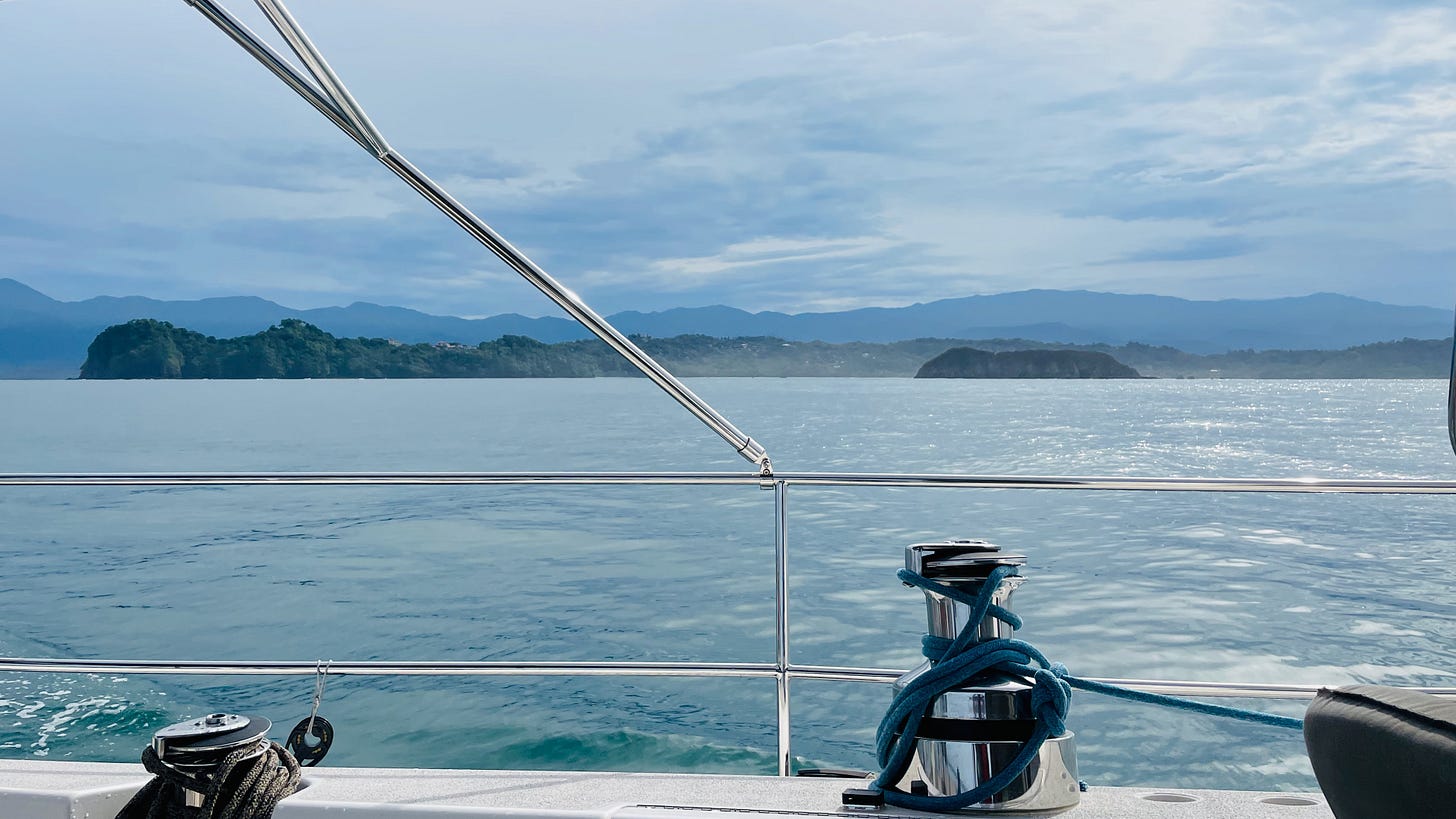
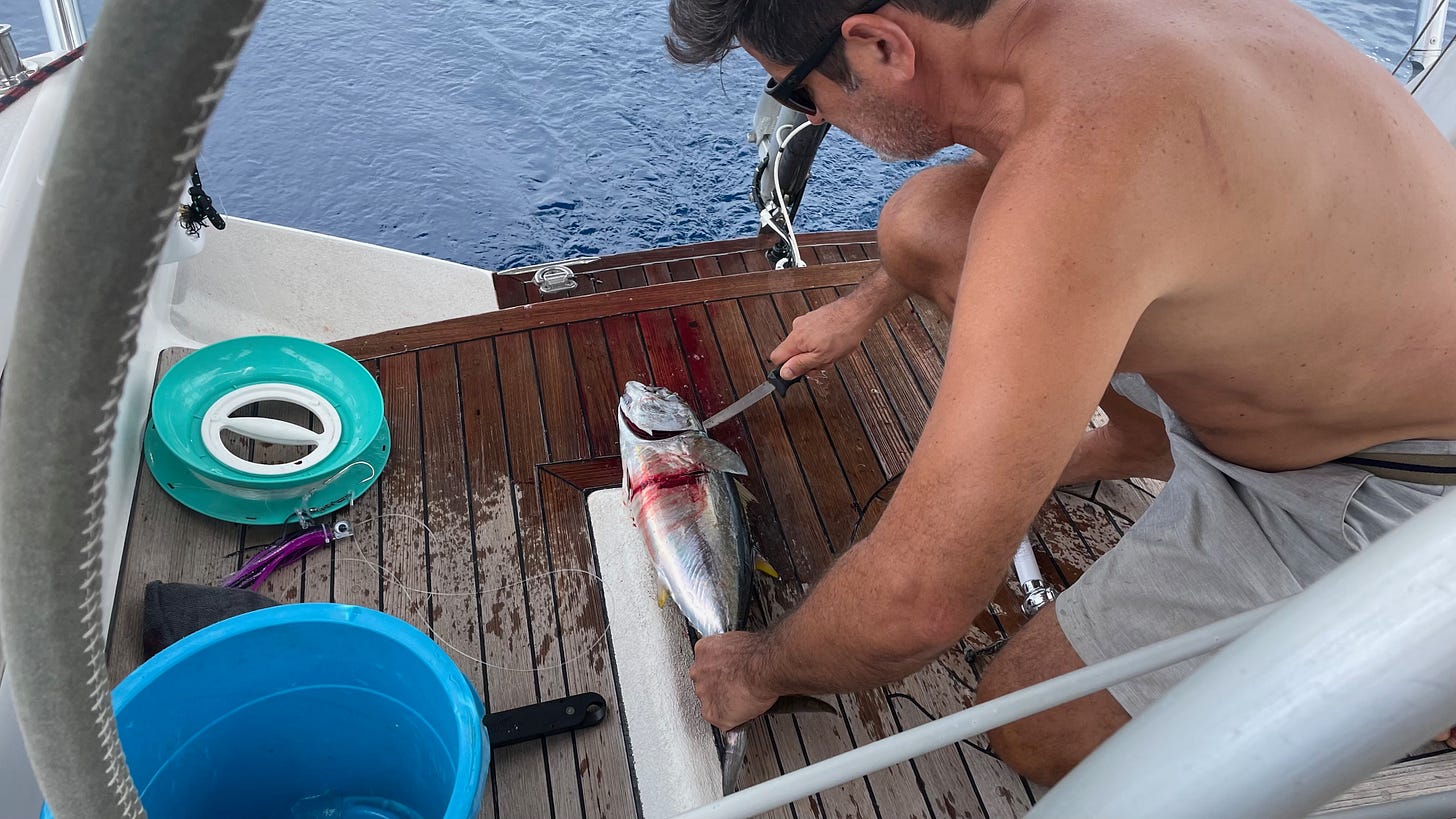
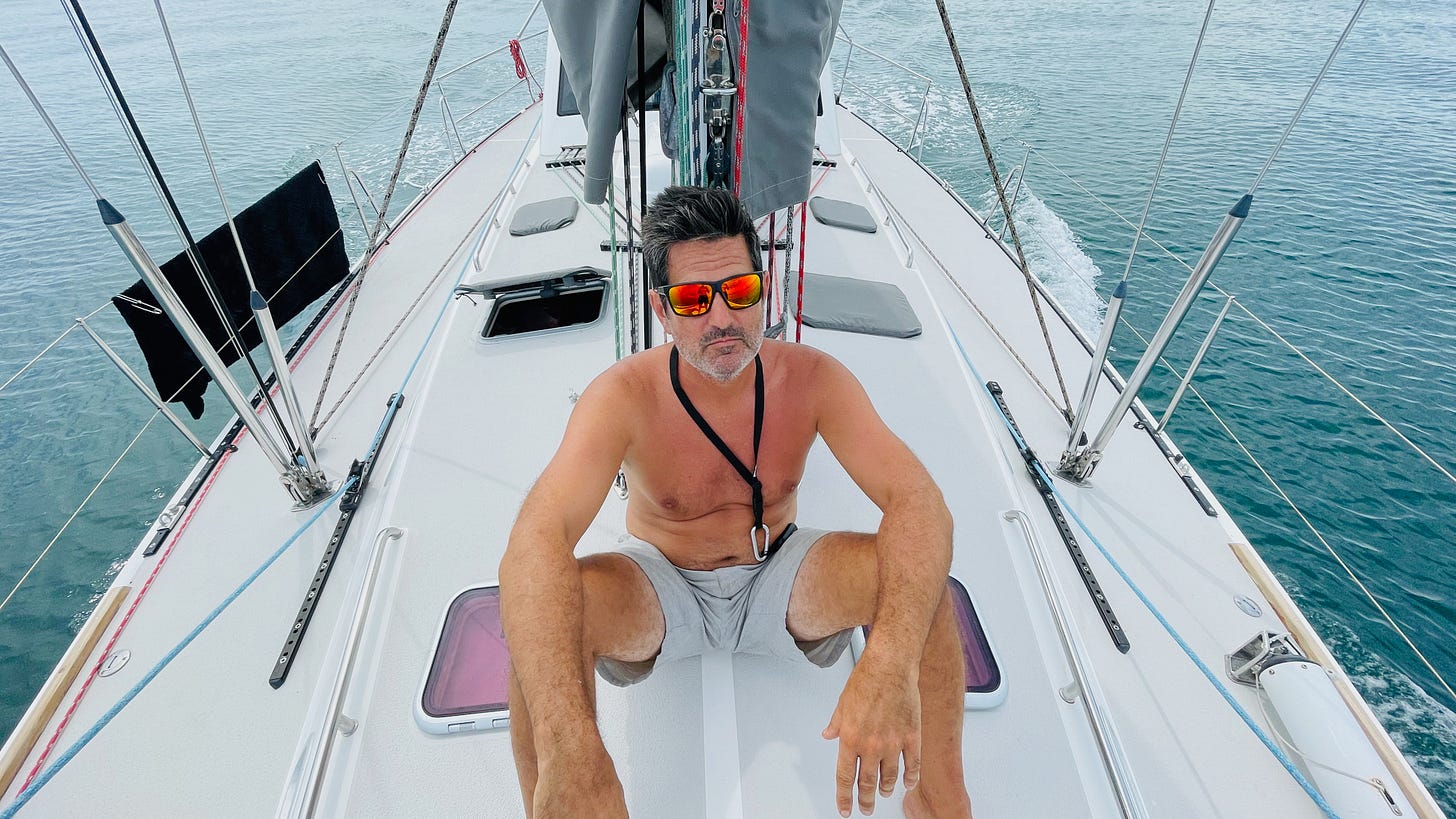
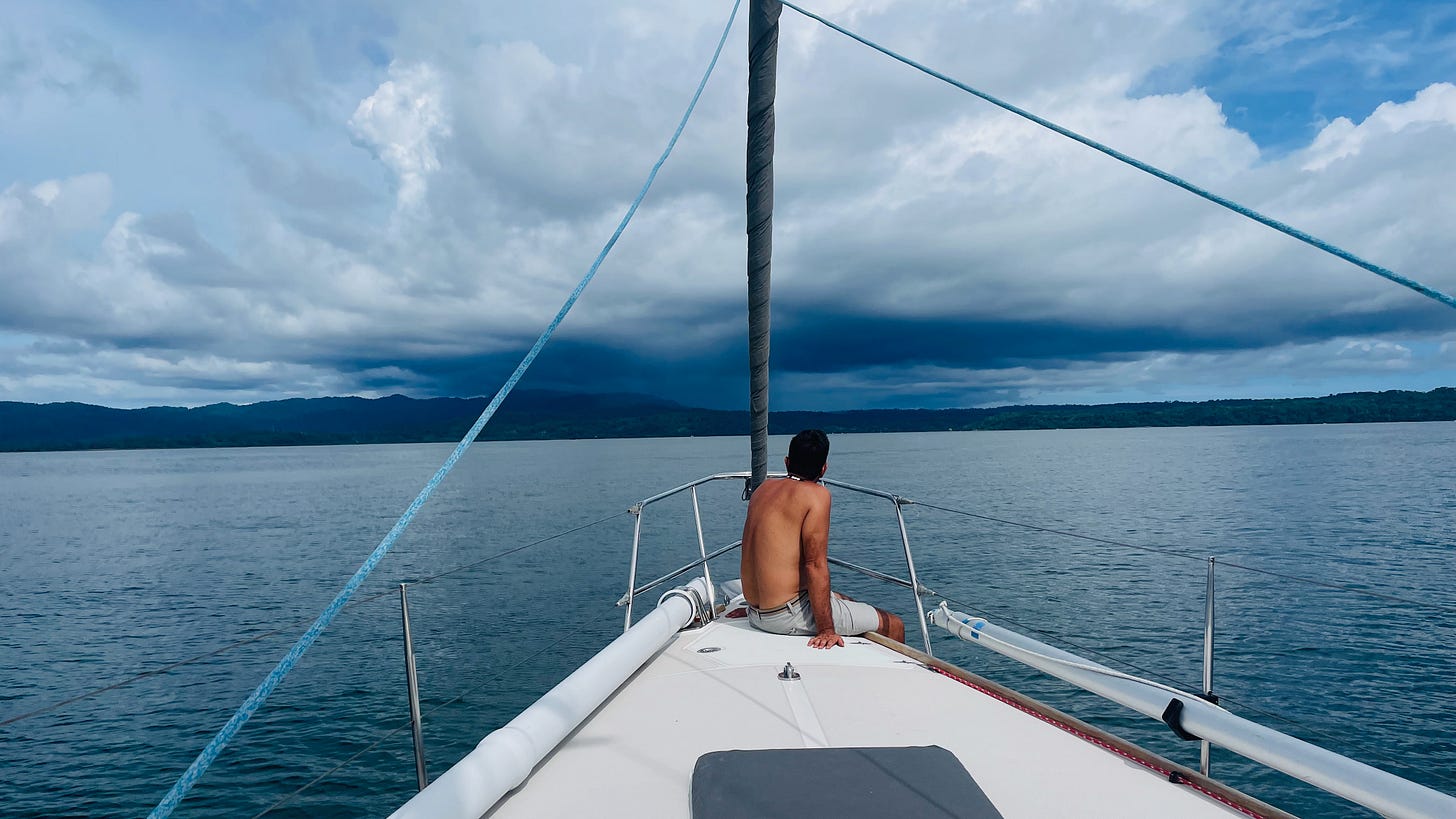
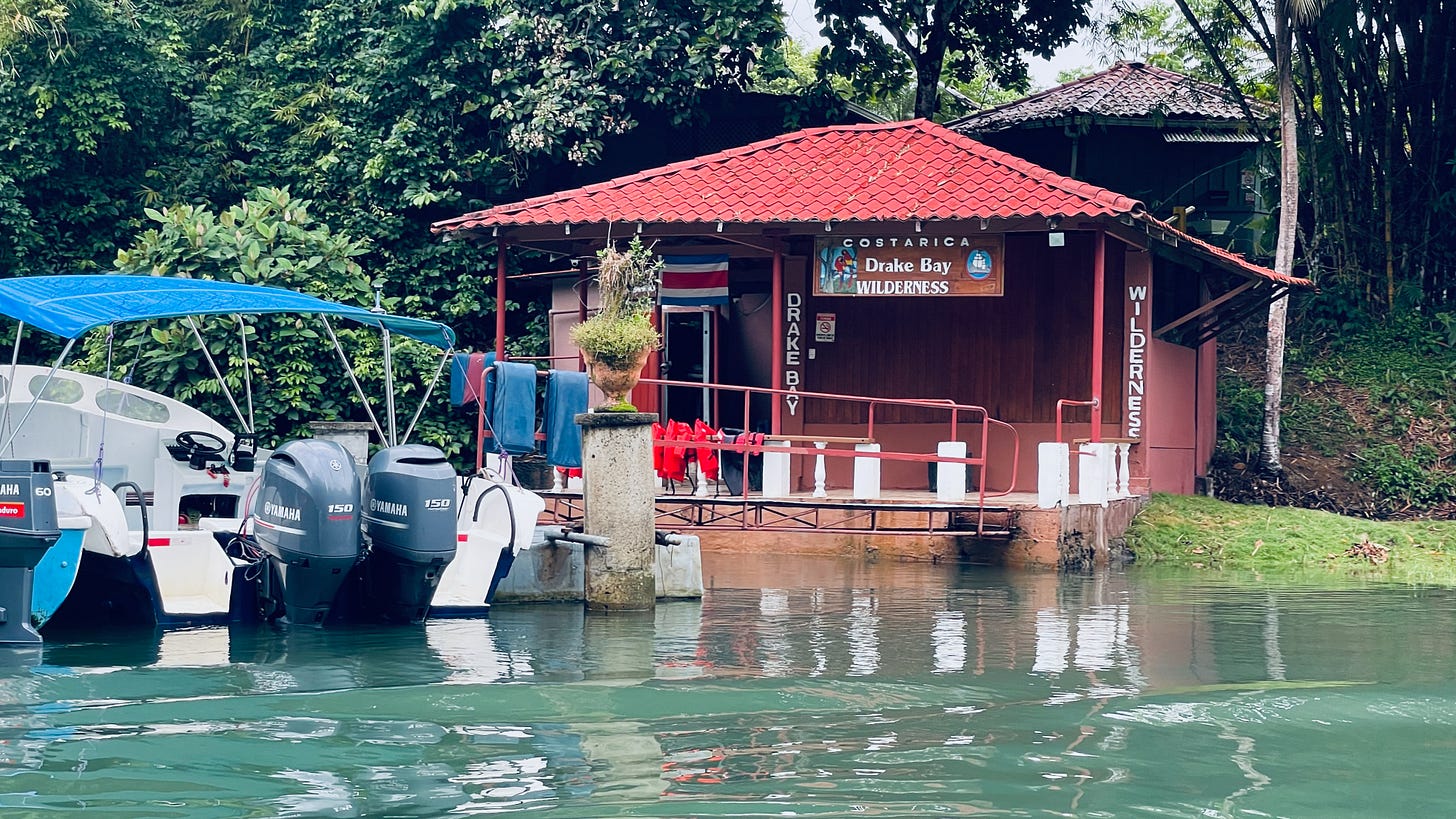
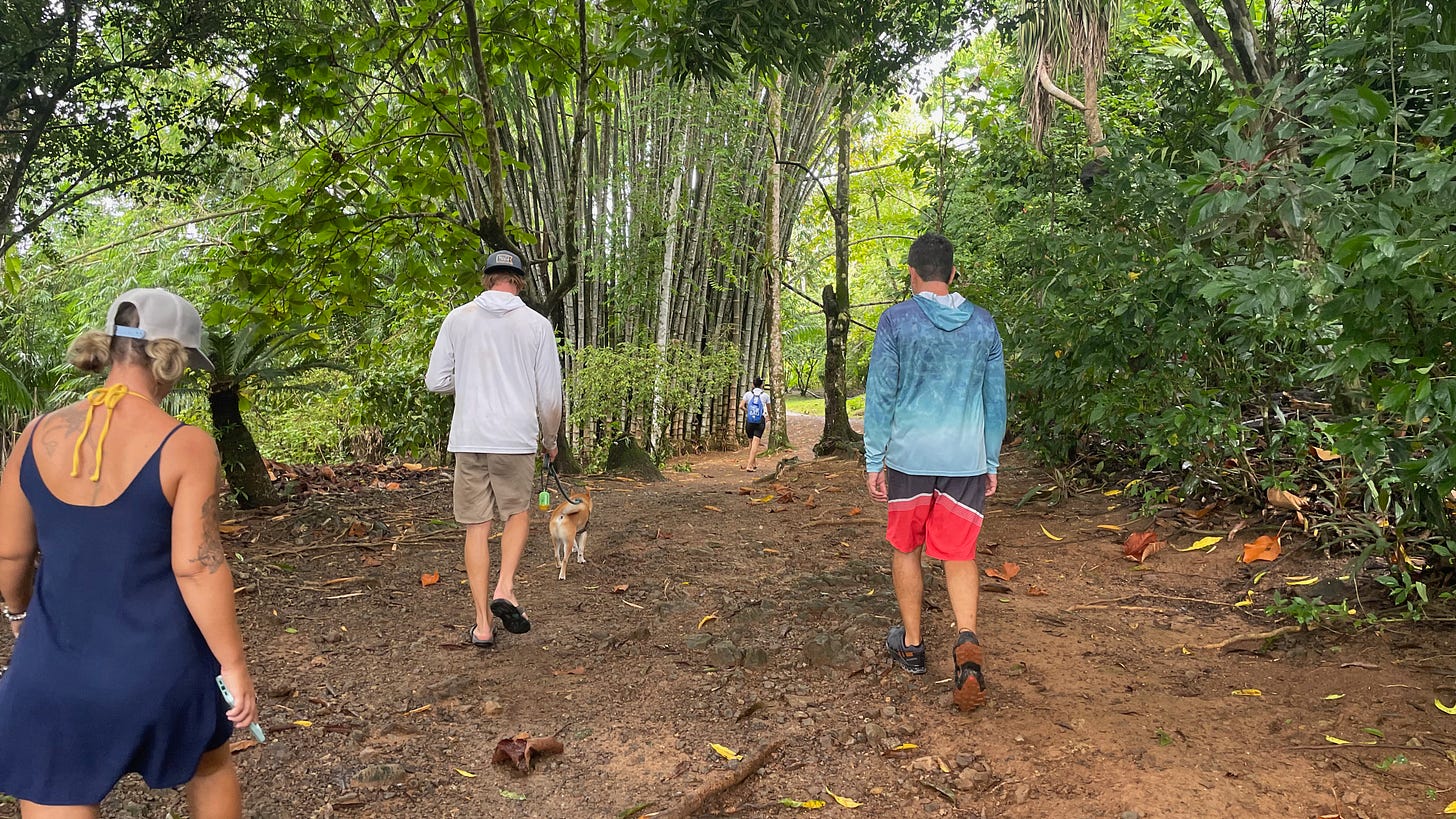

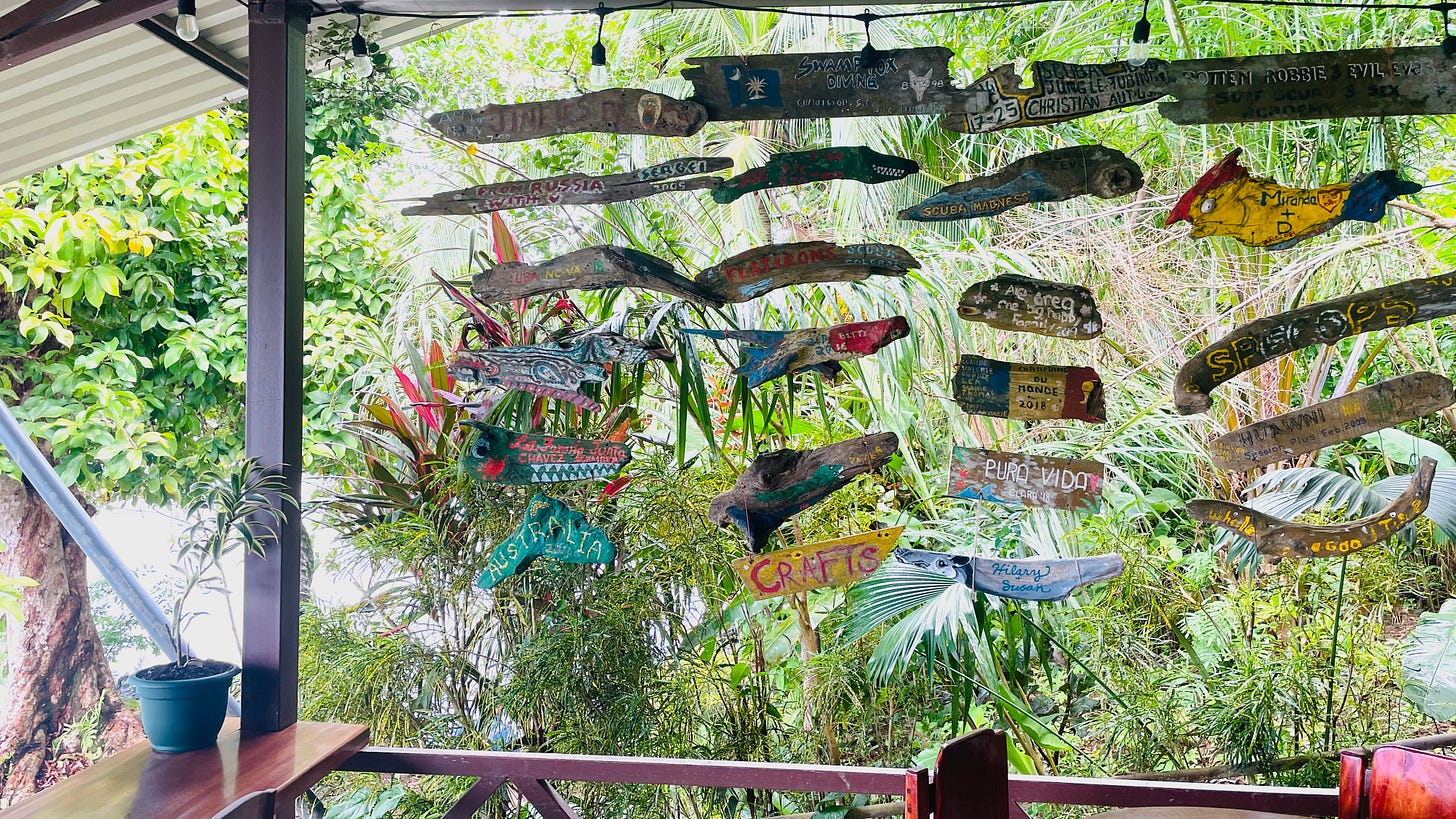
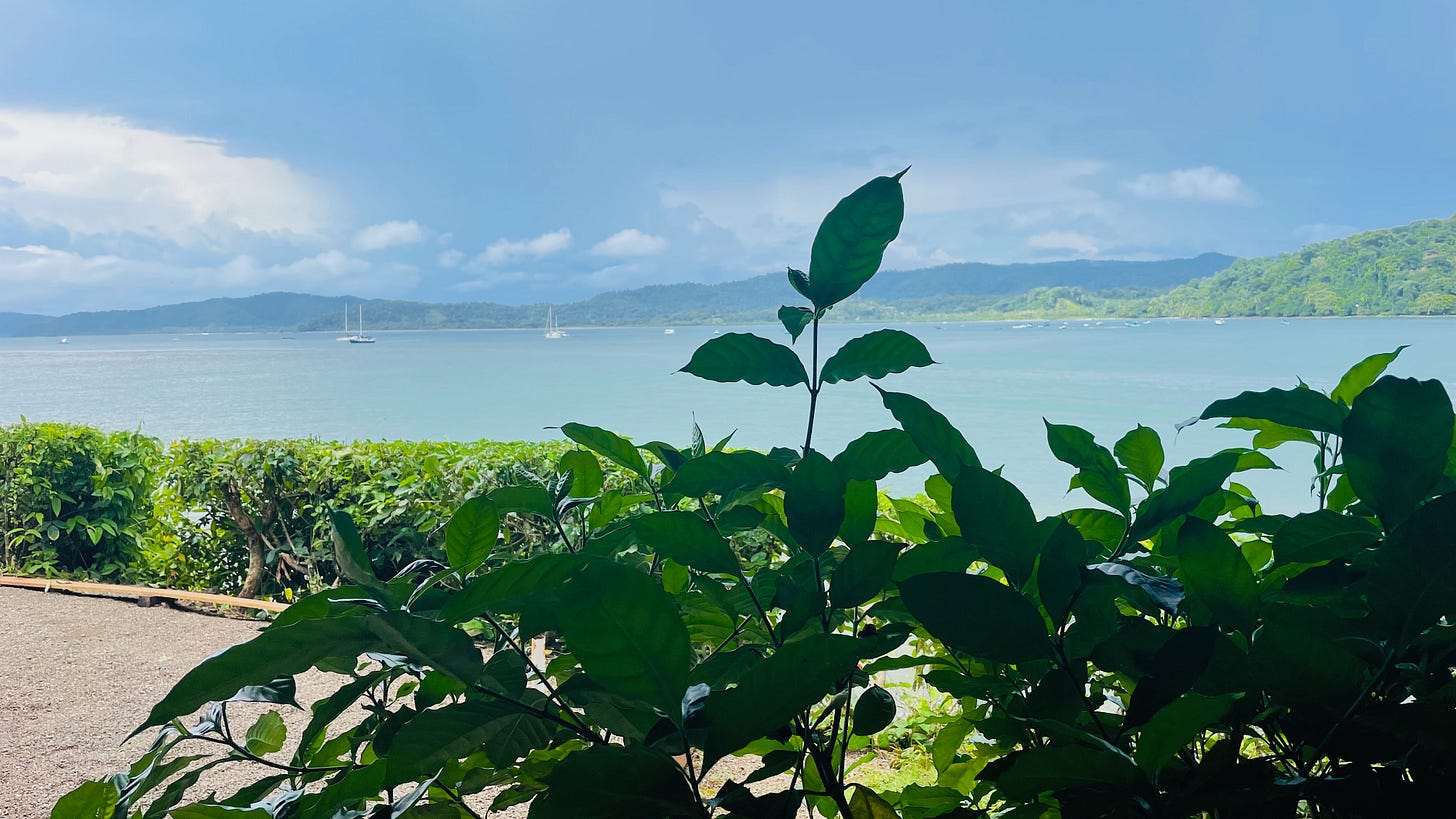
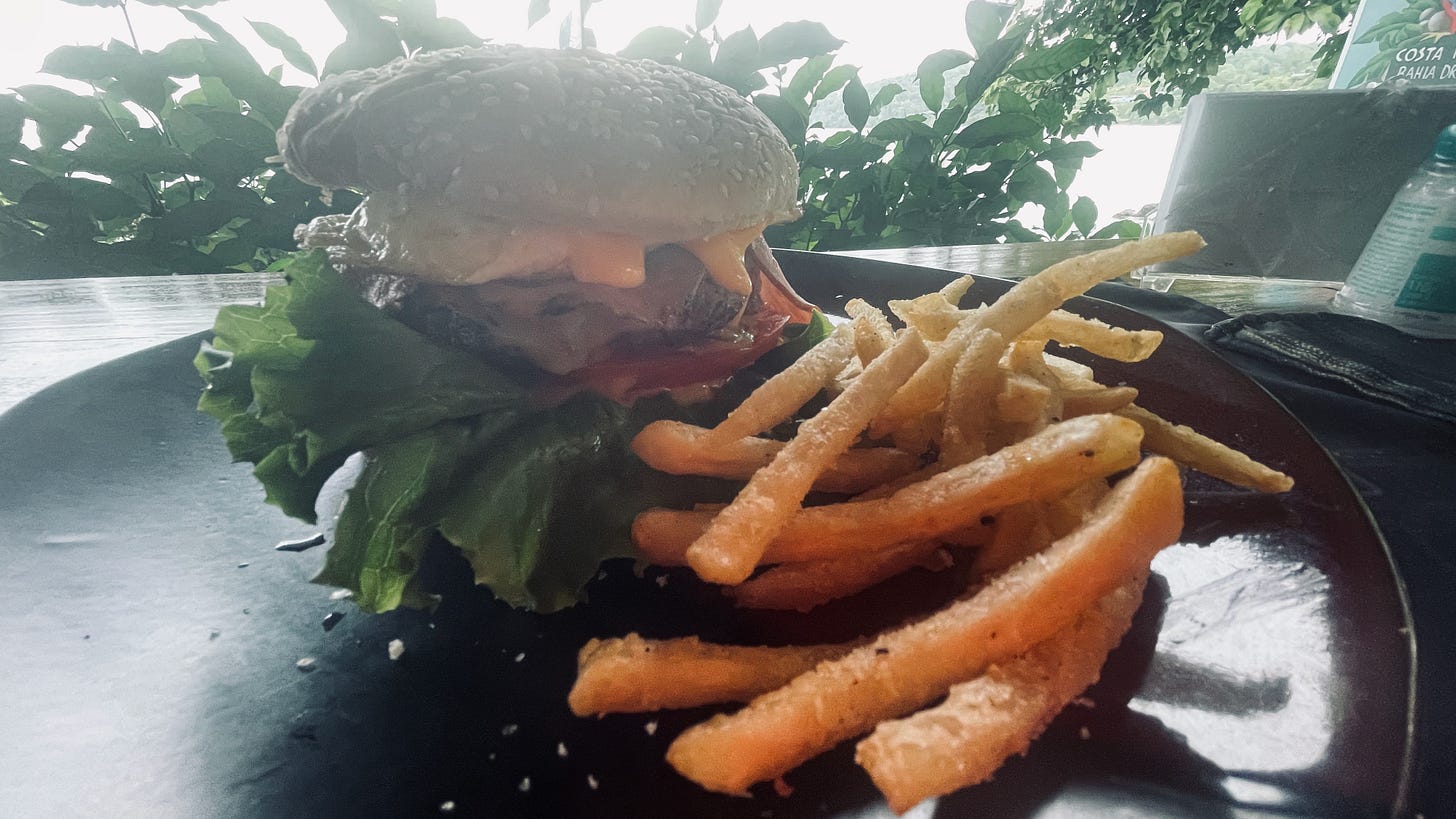

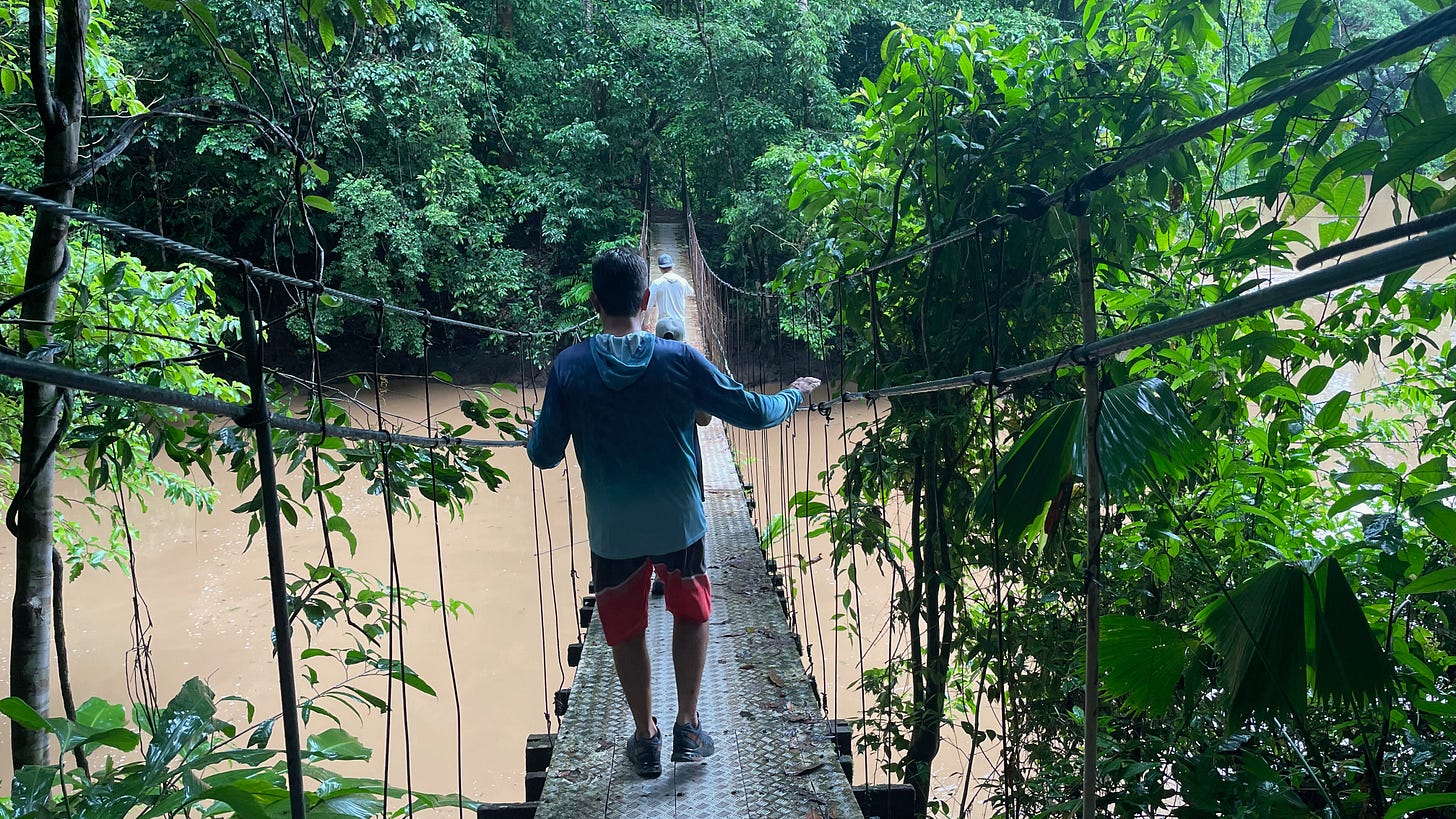

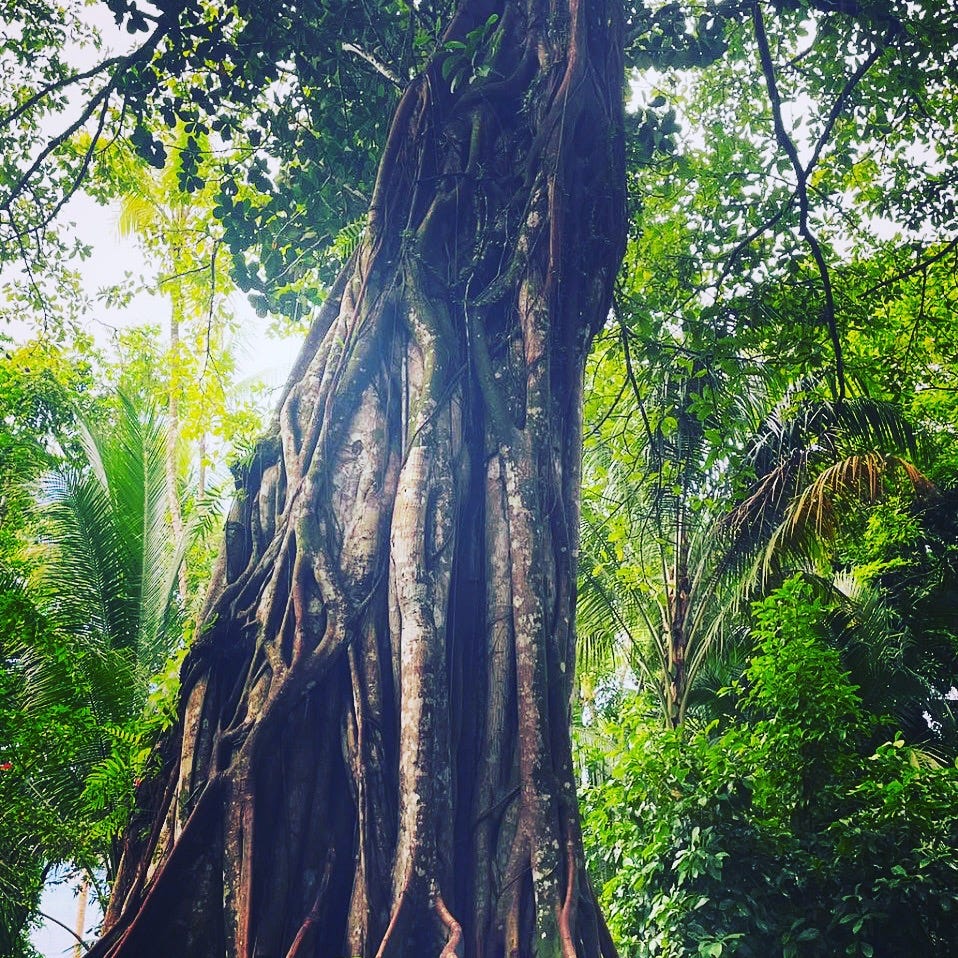
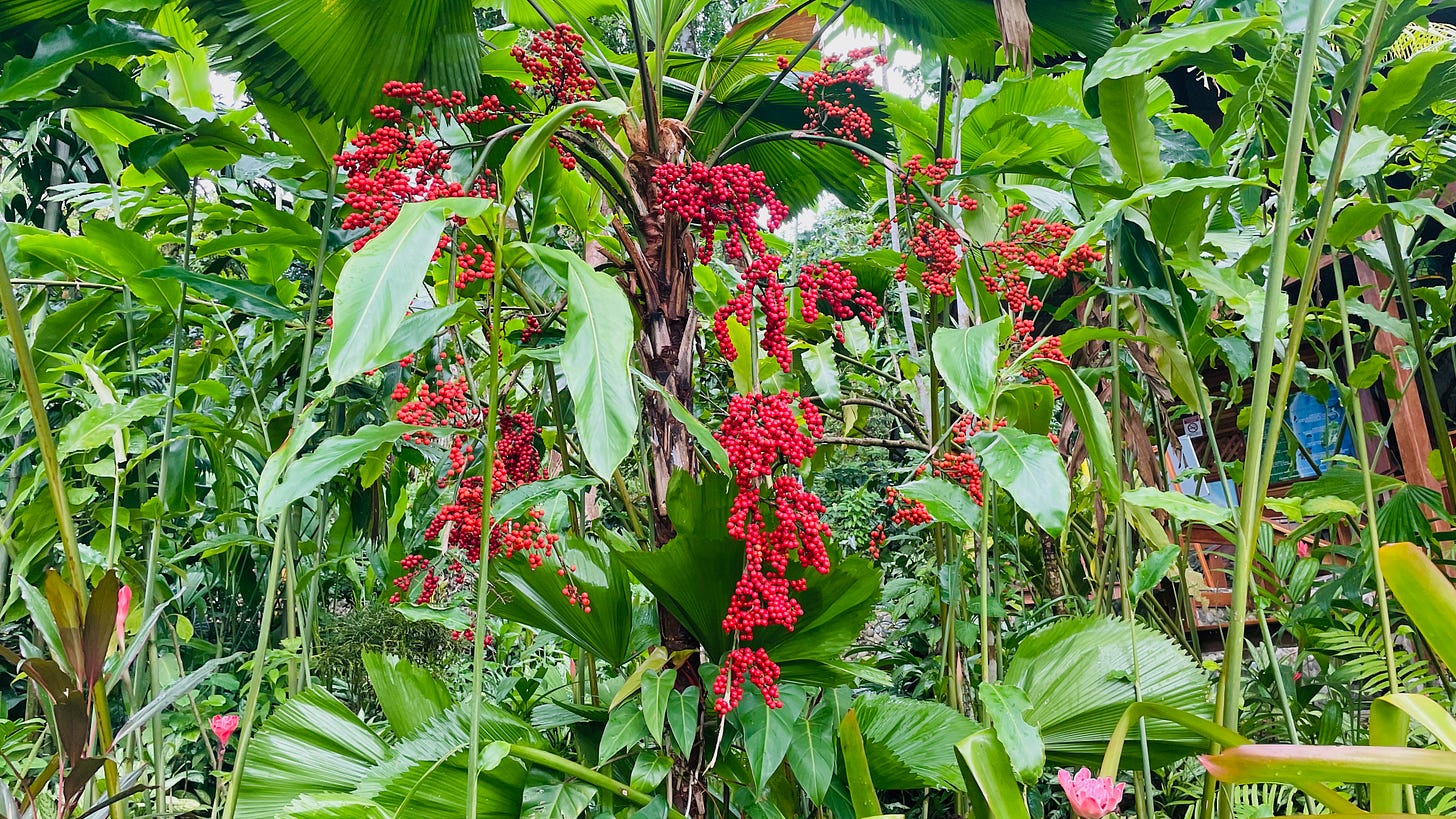



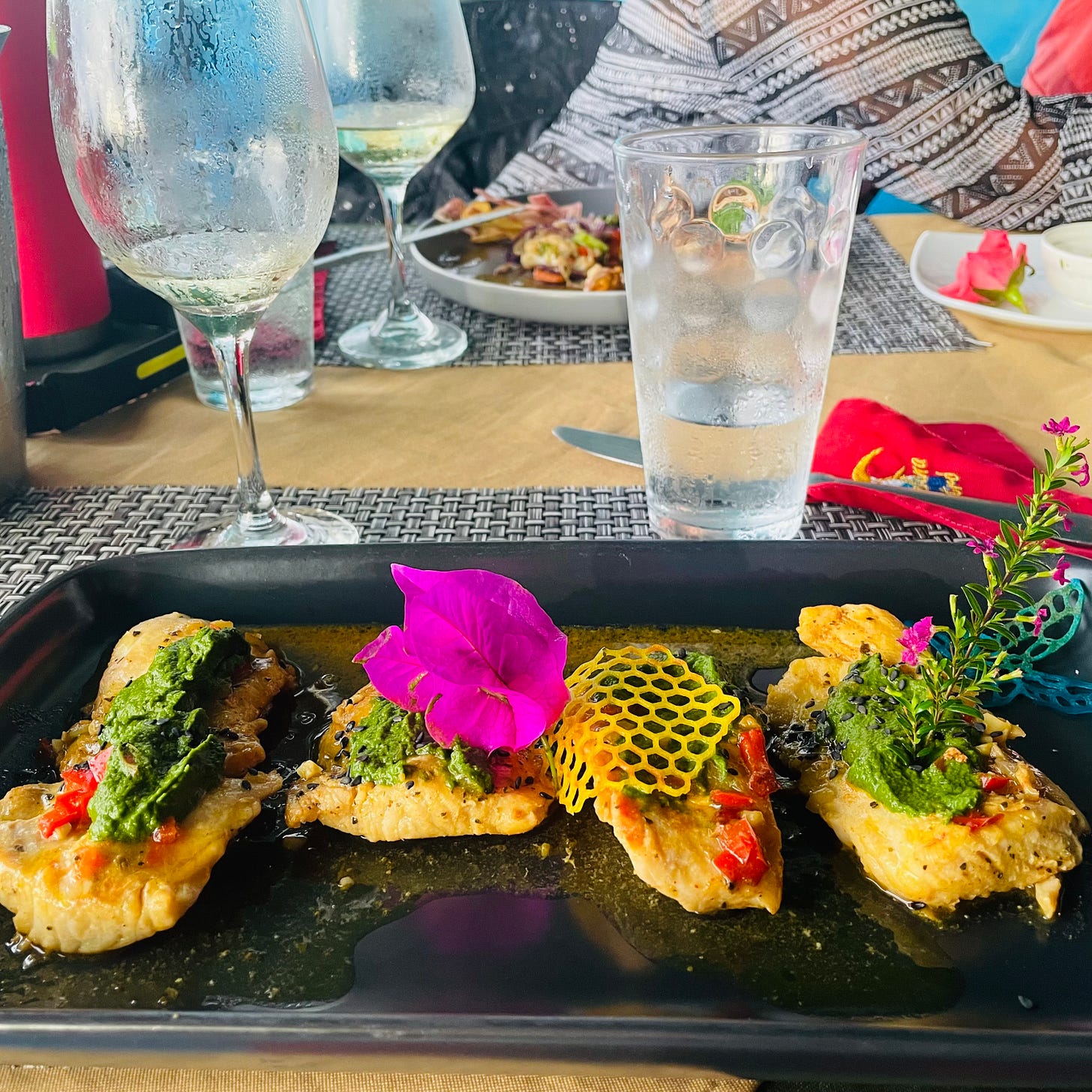

I read about the Japanese art of killing fish. It was in the S.F. Chronicle years ago! Stuck in my mind all these years. How did you guys know about this?!
Interesting tour of Costa Rica.
Beautiful, you Ramblers!!💜